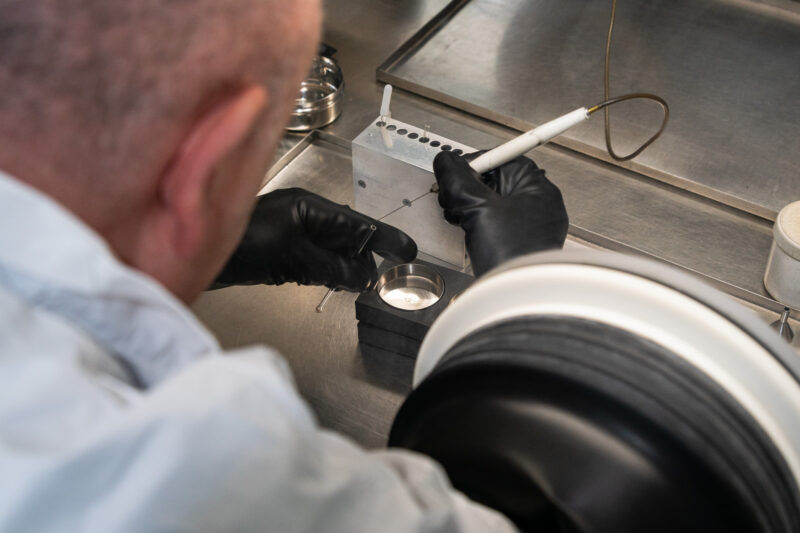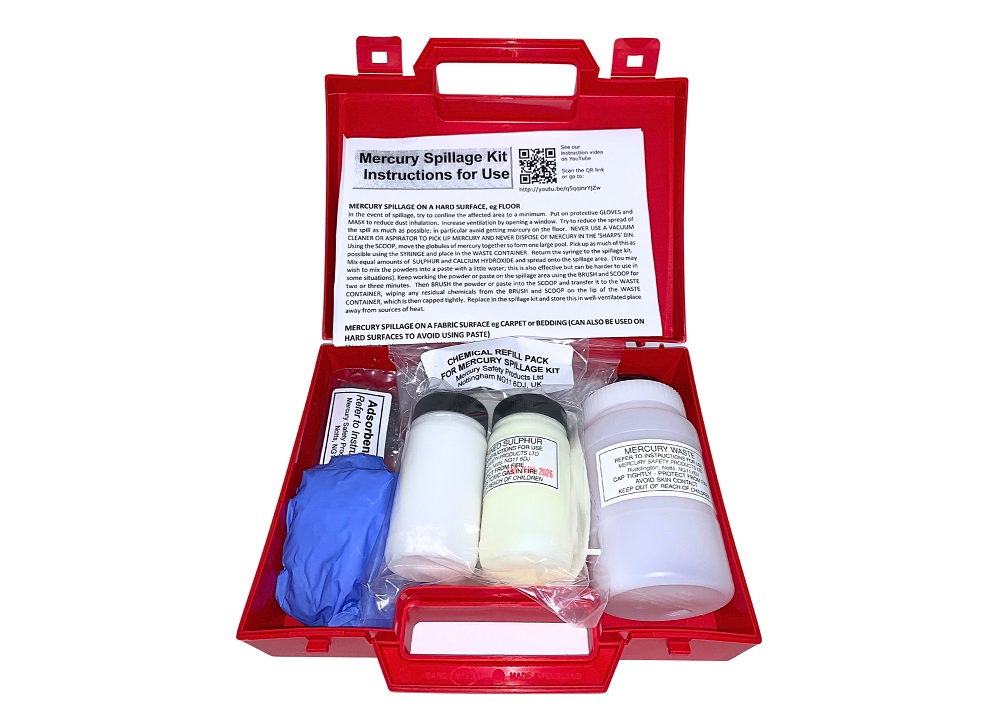When hearing of the dangers that direct exposure to mercury has on a person, it’s not surprising that its use has been heavily restricted over the years.
With this in mind, legislation has compelled the removal of mercury from almost all home appliances and use. This includes mass-produced light bulbs and lamps.
In December 2021 the EU Commission adopted a package of rules ending a broad range of existing exemptions for the use of mercury in items such as light bulbs.
The directive states “EU laws restrict the use of certain hazardous substances in electrical and electronic equipment through the RoHS Directive. The RoHS Directive currently restricts the use of ten substances: lead, cadmium, mercury, hexavalent chromium, polybrominated biphenyls (PBB) and polybrominated diphenyl ethers (PBDE), bis(2-ethylhexyl) phthalate (DEHP), butyl benzyl phthalate (BBP), dibutyl phthalate (DBP) and diisobutyl phthalate (DIBP).”
But the directive adds “All products with an electrical and electronic component, unless specifically excluded, have to comply with these restrictions.”
Commercial UV lamps continue to be allowed
As mercury remains a useful element for commercial purposes, it does retain an exclusion from the RoHS directive for use in UV lamp applications.
In UV lamps mercury remains a key trigger for creating the ultraviolet light wavelengths for curing and disinfection processes.
Interestingly, whilst there is evidence that LED UV lamps could eventually remove the need for mercury-based UV lamps in the future, this is some way off in practical terms. LED technology still needs to develop further in its efficiency and power levels before being able to fully replace mercury lamps.

Indeed, there may also be the need to fully understand the future impact on the environment that manufacturing LEDs will have as they still include elements such as gallium, arsenic, and phosphor in the process.
How safe is mercury in UV lamps?
Alpha-Cure’s medium-pressure UV lamps typically contain a tiny amount of mercury (usually less than 1g). When an electric arc is run through the lamp, the mercury is vaporized producing UV light. When inert, the mercury is in the form of a small pellet contained within the airtight confines of the lamp body and if handled correctly the lamp poses no danger to humans throughout its lifecycle.
Although they are clearly safe to use, if a UV lamp were to break then there remains the risk that a very small amount of mercury could be released and be exposed to the surrounding environment. That’s why it’s very important to handle the lamps carefully and safely recycle them after use.
What do you do if there is a breakage?
As there is a small risk of lamp breakage that results in mercury potentially coming into contact with a surface or the air, the UK’s Control of Substances Hazardous to Health (COSHH) Regulations 2002 requires employers to reduce the risks of potential mercury exposure to employees and others.
One of the main ways to reduce the risk is to have a Mercury Spill Kit available. These kits are designed to help contain mercury spillages on any surface.
 The main features of a spill kit are:
The main features of a spill kit are:
- Uses a COSHH-recommended system for dealing with spillages
- Kit can be used to deal with up to five spillages
- Decontamination procedure helps eliminate effects of ‘old’ spillages
- Safe storage of waste mercury for disposal
- Full compliance with CQC (Care Quality Commission) outcomes in UK and Health and Safety Executive inspections
So, whilst in normal use, you should never have a problem with a mercury spill, there is always the chance of an accident and if this were to happen it is better to think ahead and be ready with a safety plan such as having a spill kit readily available.
If you are interested in our Mercury Spill Kit, these are in stock, and our sales team are ready to help you order one. Talk to them now.
Latest Articles
A Busy Year! Alpha-Cure’s 2025 Year in Review
A Year of Global Reach and Innovation for Alpha-Cure As 2025 draws to a close, we’re reflectin...
View ArticleAvoid Holiday Disruption: Key Order Deadlines for Year End Delivery
As we approach the end of the year, production schedules get tighter and distribution channels come ...
View ArticleAll UV Lamps. One Standard: How Alpha-Cure Scaled UK Excellence Globally
When Alpha-Cure expanded our manufacturing footprint to China, it wasn’t about lowering costs, it ...
View ArticleIndustry Focus – Helping Open New Markets for UV Technology
A guide to support local distributor growth At Alpha-Cure, we’re proud of the strong presence ...
View Article